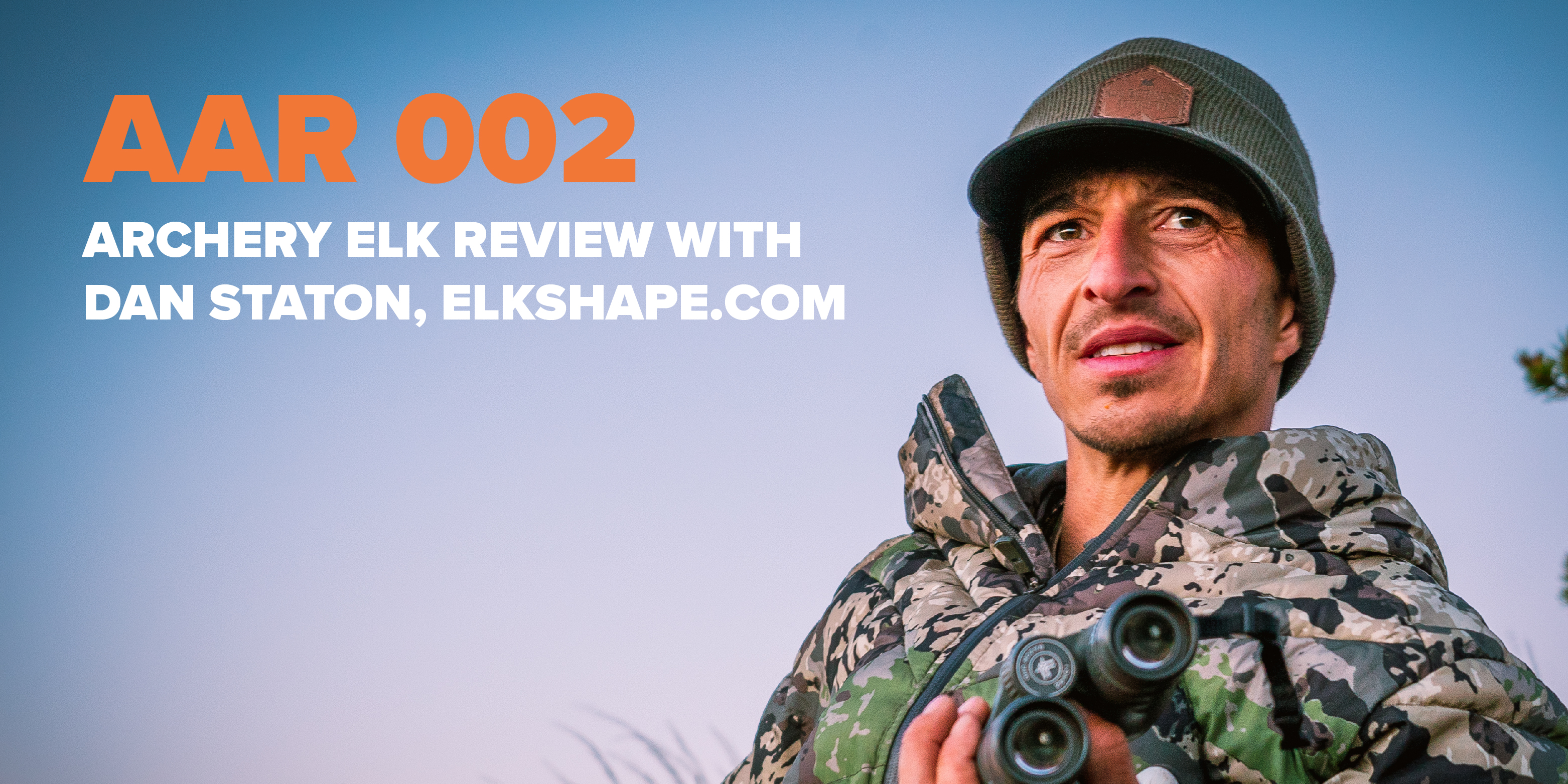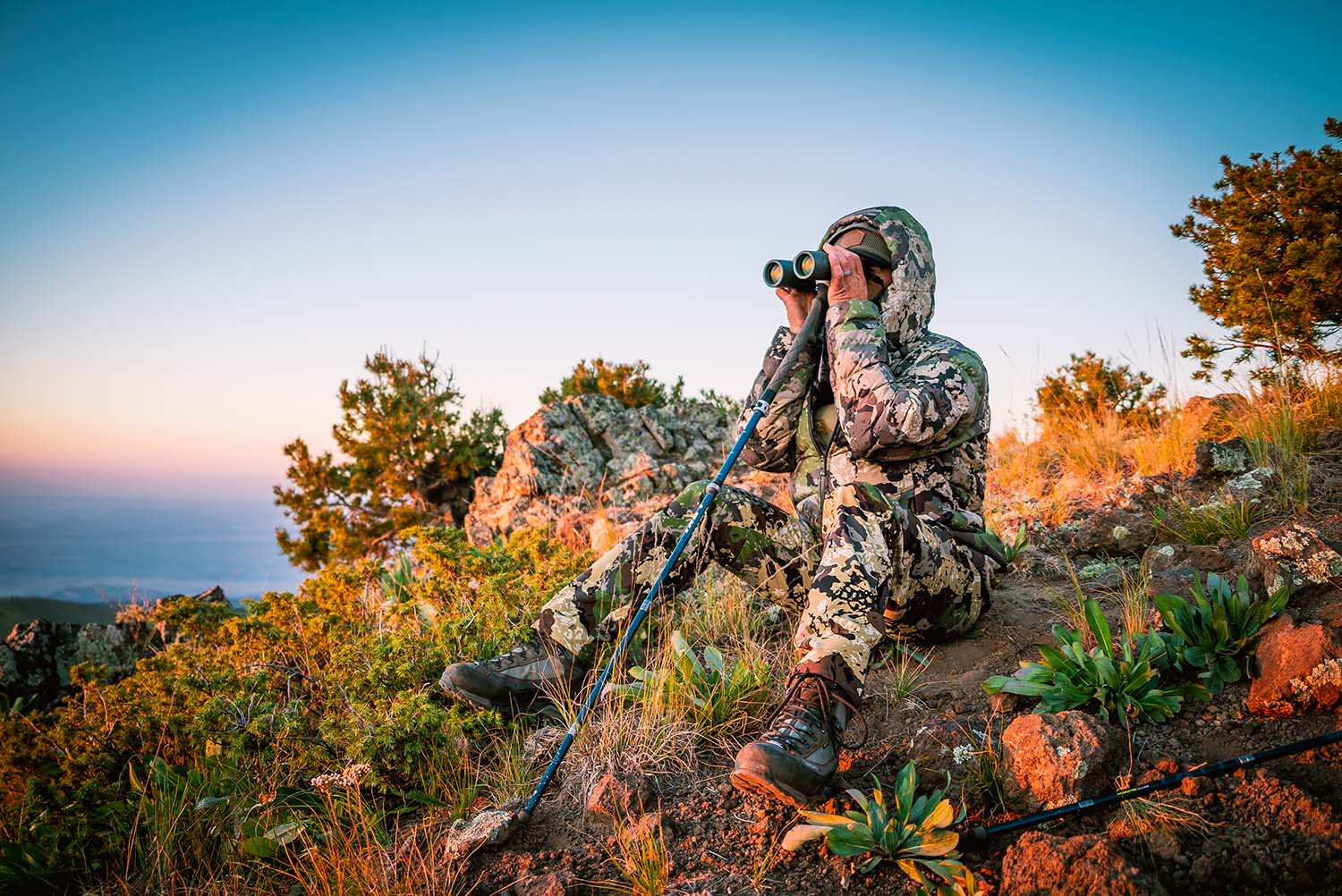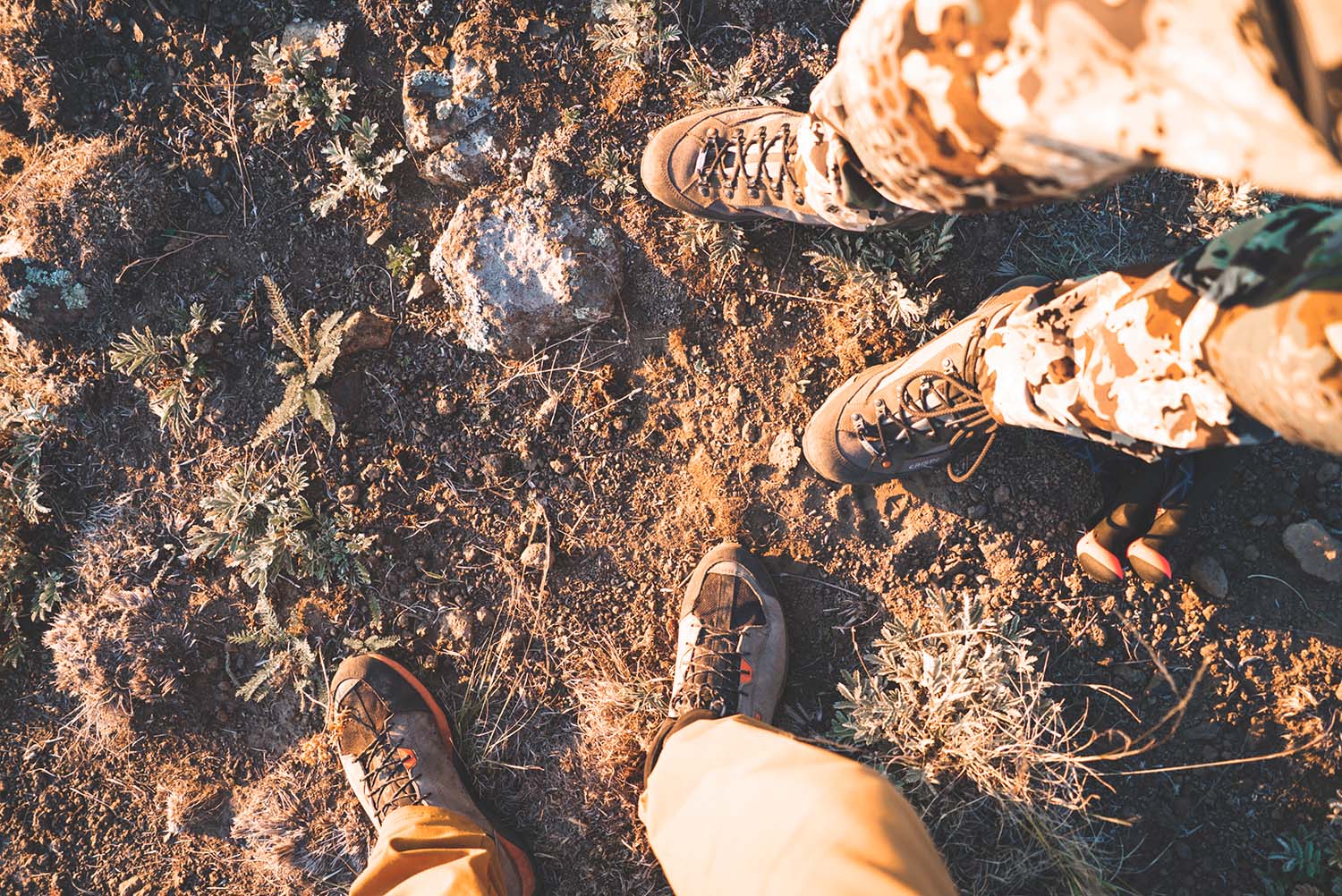




















The US Military uses AARs as a structured review or de-brief (debriefing) process for analyzing what happened, why it happened, and how it can be done better by the participants and those responsible for the project or event.
The goal of this article is to look back on the season and give our audience a preview of some lessons you learned. Speaking from personal experience, everytime we go hunting, there are things that we do right, and things that we do wrong. Looking back on these can help us become better hunters, and by sharing these with others, maybe they can learn from our successes and mistakes.
Lessons Learned from Archery Season:
Q: What are 1-2 things you did right this season?
A: My angle is a little different, then say “the norm.” I am proud of how I was able to mitigate my absence from home, and the burden that I put on my wife by doing a few things prior to season (1) CRUSHED my Honey-Do list and then some prior to season. (2) Helped secure a nanny for while I was gone to assist with running kids to and from, which allowed my wife some breathing room. On the elk hunting side of things, my attitude and effort never wavered. I put forth the maximum amount of work possible each and every day. I have zero regrets when it comes to how hard I hunted. No days were squandered.
Q: What are 1-2 things you did wrong this season, even if you did end up killing an elk?
A: Fortunately I had success, but there could have been more and here’s what I learned from that: Vet your elk hunting destinations before buying or applying for your tags. I scooped up a last minute tag that ended up being a mediocre hunt at best. I burned prime elk hunting (peak rut) time searching for elk in an area that simply didn’t have great numbers. Looking back I wish I had not gambled on this new to me unit that didn’t have much to offer. I could have been way more productive in an area that was vetted by me or trustworthy peers. I don’t get those days back and I learned a valuable lesson when it comes to being more selective on where I choose to elk hunt.
Q: What two lessons from the season will you implement next year to increase your chances of success?
A: Not all elk tags are created equal, however for the general tag public land elk hunter, make certain you have a tag in an area that allows opportunity on public land. Nothing can be more frustrating than to find elk, but sit on the public sidelines while they make a living on private land closed to hunting. Do your homework.
The other lesson that I learned was in the fine art of ‘ambushing’ elk in transition. We were able to pattern elk early in September and by hanging back and studying their movements behind glass, we really narrowed down several pinch points that will be productive for next season. We were able to observe behavior from afar and save that intelligence to aid in next year’s season. We weren’t able to execute on that strategy this year, but having that in your back pocket for next season should pay in spades.

Elk Hunting Questions:
Q: Scenario: you draw a tag in a unit you’ve never hunted/been to before...where do you start?
A: Network via social media and also, be willing to share intel to get intel. Don’t go to a brand forum and post something that says “Hey I’m not looking for anyone’s Honey Hole, but where should I start.” Do post regularly on the forum and become part of the community. Once that is established, then send personal messages to the individuals you believe will be able to help with your scouting.
Become a wizard at Google Earth and onXhunt. Fly over the unit, start working through layers to get an understanding of how the terrain and topography works. Understand the roads, trailheads and camping areas. Look for obvious things like potential Northeast facing mature timber where elk like to be during the day. Find water and micro meadows where elk like to feed. Call the biologist and the Game Wardens. If possible, get boots on the ground during the summer and hang a few cameras. There’s always something you can do every day to aid in your research.
Q: If you had only one week to hunt during September, which would you pick & why?
A: 10-17th - you can count on some rutting, you can count on some vocalizations, and you can count on a hot cow at least one of those days historically speaking. I will say that this is a question that probably differs depending on the state or region, but ultimately any day in September is a good day.
Q: Can you give a short run-down on your strategy for calling elk? When do you cow call, when do you bugle, etc...
A: Location bugles in timber country. Cow calls to stop a bull in his tracks before I release an arrow. I prefer to put the calls away as much as possible and let the elk do all the talking. Not always the case, but it is my preferred method.
Q: Spotting scope or binos on a tripod? Or both, dependent on where you’re hunting?
A: Spotter on a tripod, Vortex Razor 65mm with Phoneskope so we can record what we're seeing.
Q: What are your top two tips for finding elk in a new area?
A: Be relentless. Put the miles on and find the sign. Lastly, bugle at night if all else fails. Twice this last season I stayed up most of the night bugling into drainages because I was struggling to find elk. Then once I do locate them, I usually make up the lost sleep during midday by taking a cat nap.
Q: What is your favorite way to prepare elk meat?
A: Elk Steaks never go out of style for us. We like to get a rub on the meat or marinate them, then fire up the grill!

Boot Questions:
Q: What are your go-to Crispi boots for archery elk hunting?
A: The Colorado GTX is far and away the boot I prefer for September elk hunting. Not too hot, just enough ankle support and light enough to cover double digit mileage daily.
Q: Does your decision on model change depending on conditions? Area? Style of hunting?
A: Yes - when I hunt elk late season I switch to the Guides. These boots are for me, the most comfortable out of the entire line-up from Crispi. I can’t wait to bust them out in November while I hunt elk in snow and ice. Staying cozy and sure-footed is a deadly formula.
Q: What specific features make an archery elk hunting boot different from say a rifle season boot, or a spring bear hunting boot?
A: Weather and terrain are the main two components that dictate what boot I run. I own several different pairs of Crispi boots so it is not uncommon to switch out boots daily, here’s the preferred breakdown:
August Antelope - Lapponia
Early September - Colorado
Mid September Rocky Terrain - Briksdal
Late Season - Guides
Very Rocky Technical Terrain - Thor II
Spring Bear - Briksdal
Q: Scenario: you get a new pair of Crispis one month before bear season begins...What does your process of getting those boots ready to hunt look like? (Break-in, conditioning, etc.)
A: From my experience, I just wear the boots around as my daily drivers for about 2 weeks and they’re good to go. I have never had to break-in any boots from Crispi. I heard people say that about Crispi prior to ever trying them and I didn’t believe it...Now, I am a believer. On a side note, boots are a very personal thing so that might not be the case for everyone, but it is for me.
My name is Dan and I have two passions that collide right here; elk hunting and fitness. I have worked in the fitness industry for 20 years and I have an extensive background in human physiology. I have completed undergraduate and graduate work in exercise sciences, specifically a Master’s degree in Human Performance.
Owning my own gym for over 10 years I’ve coached literally thousands of athletes ranging from youth, professional, military, and senior citizens. When I am not coaching or training, I am shooting my bow, scouting, or hunting. I have hunted elk for 15+ years and have harvested close to 30 bulls. I know what it takes to be successful and this program will only improve your experience in the mountains, thank you for investing in me and yourself. Learn more about ELKSHAPE.